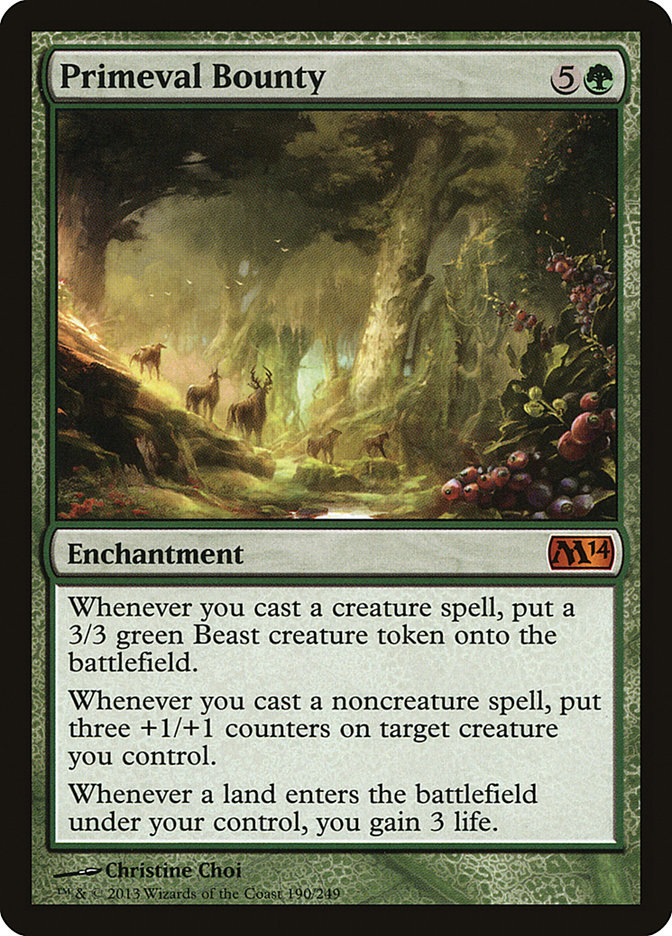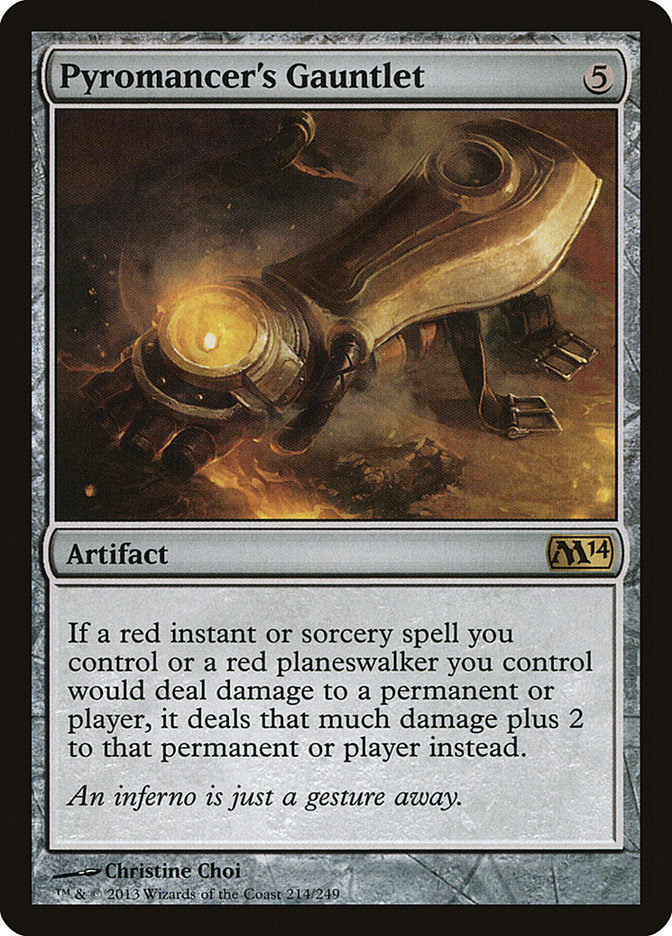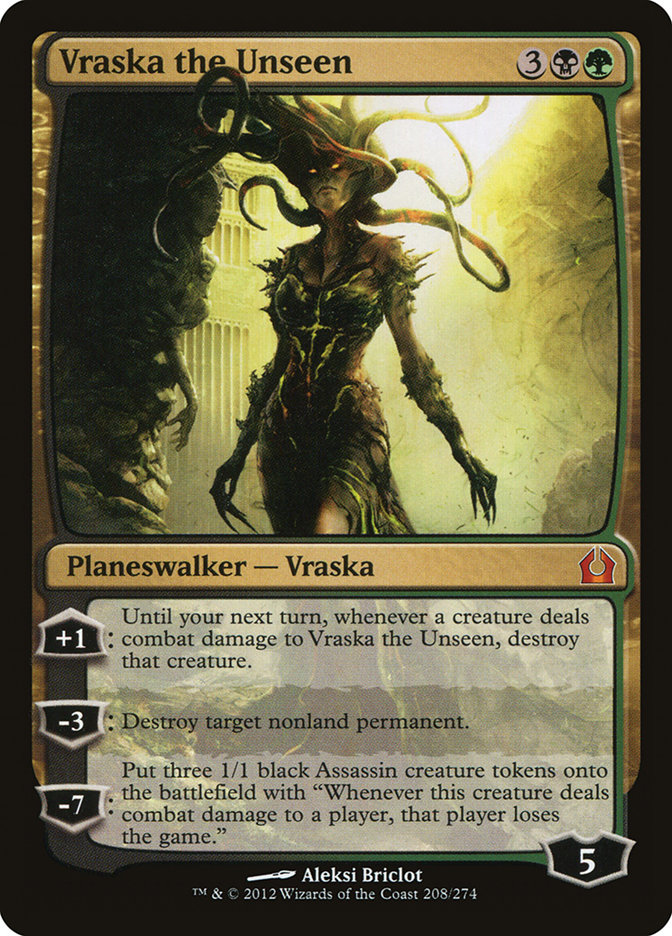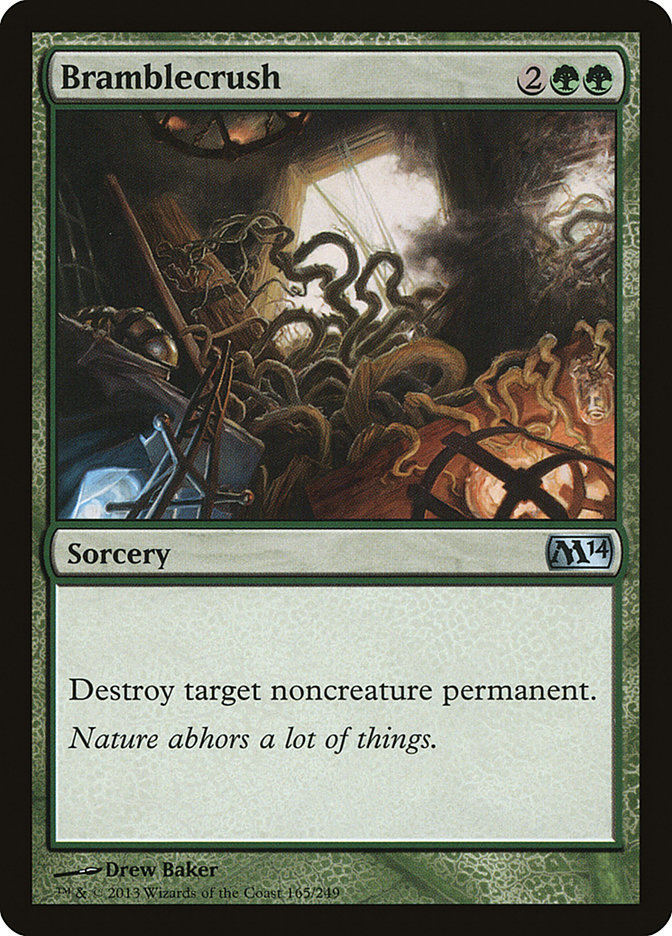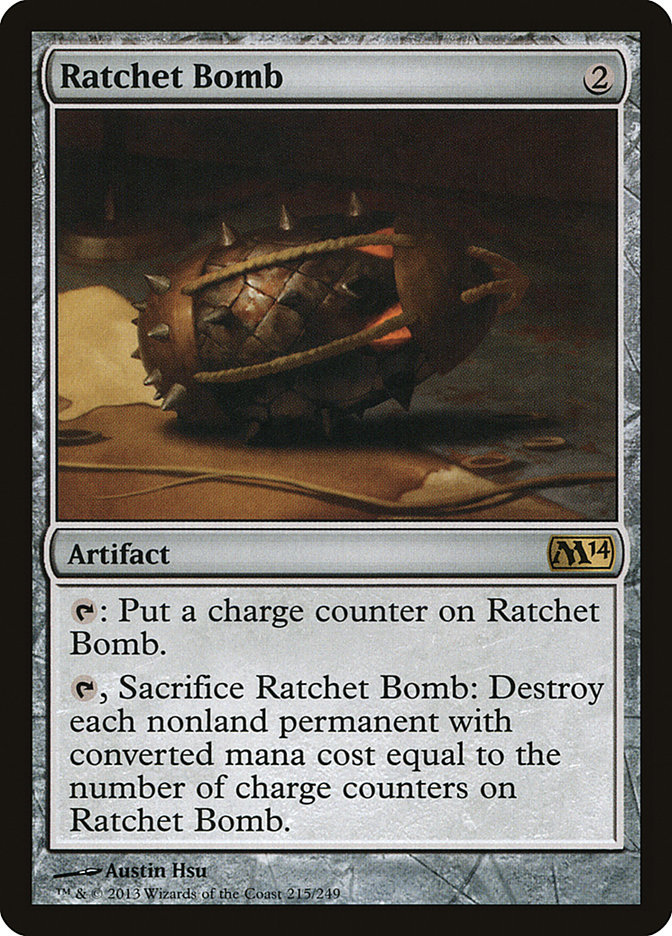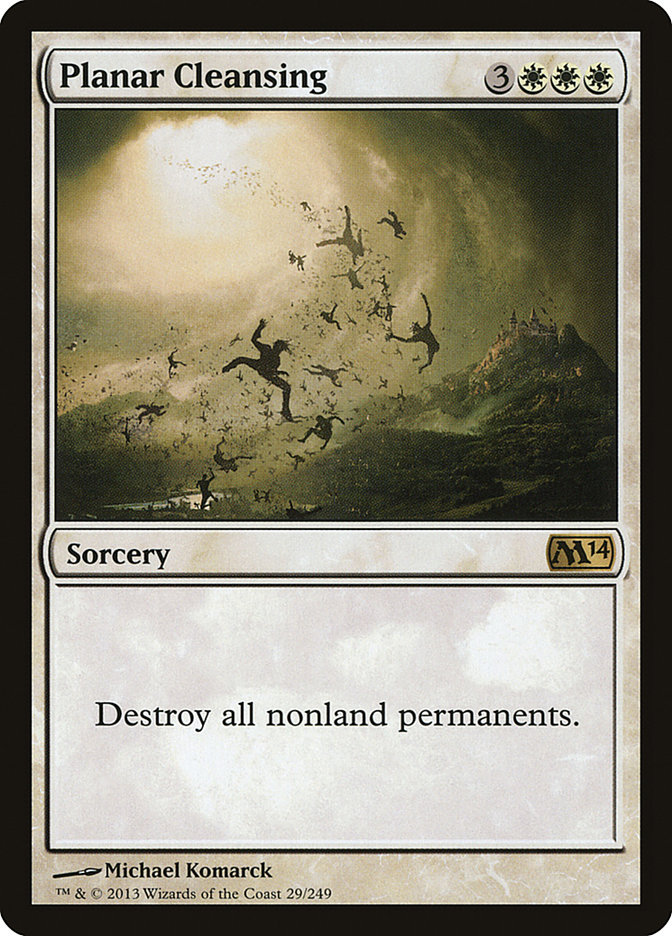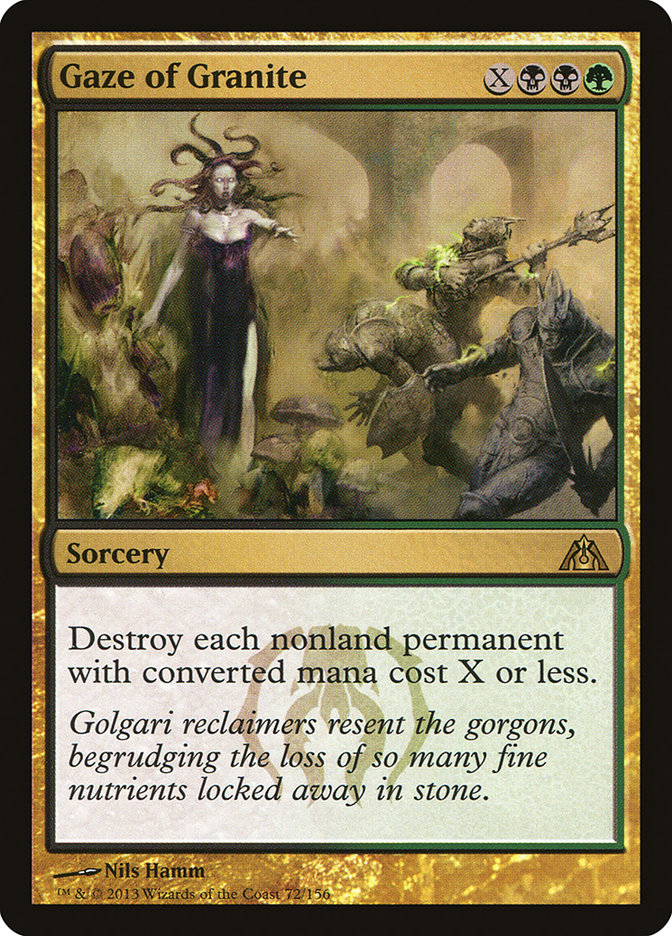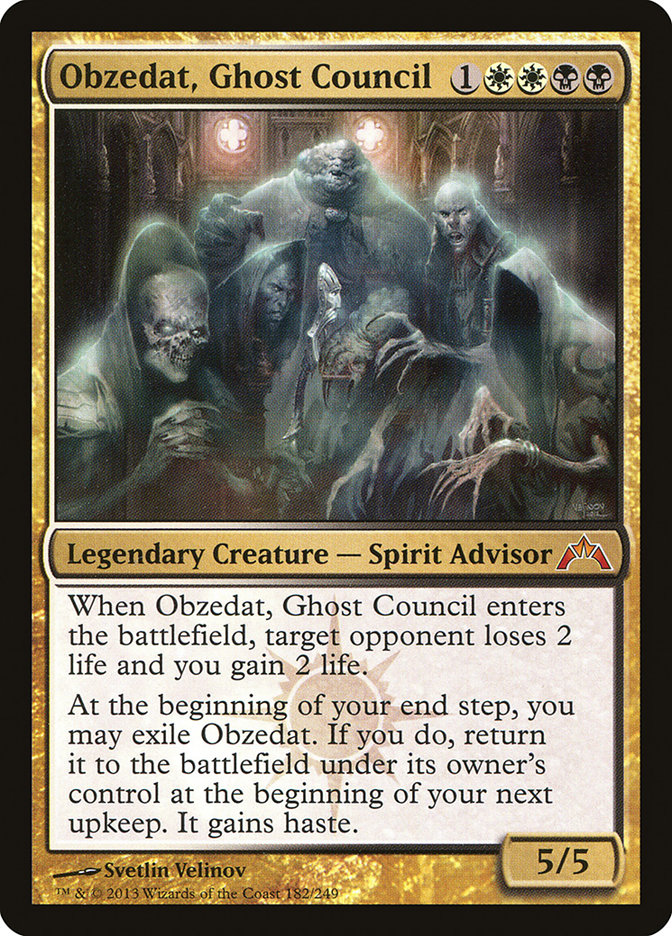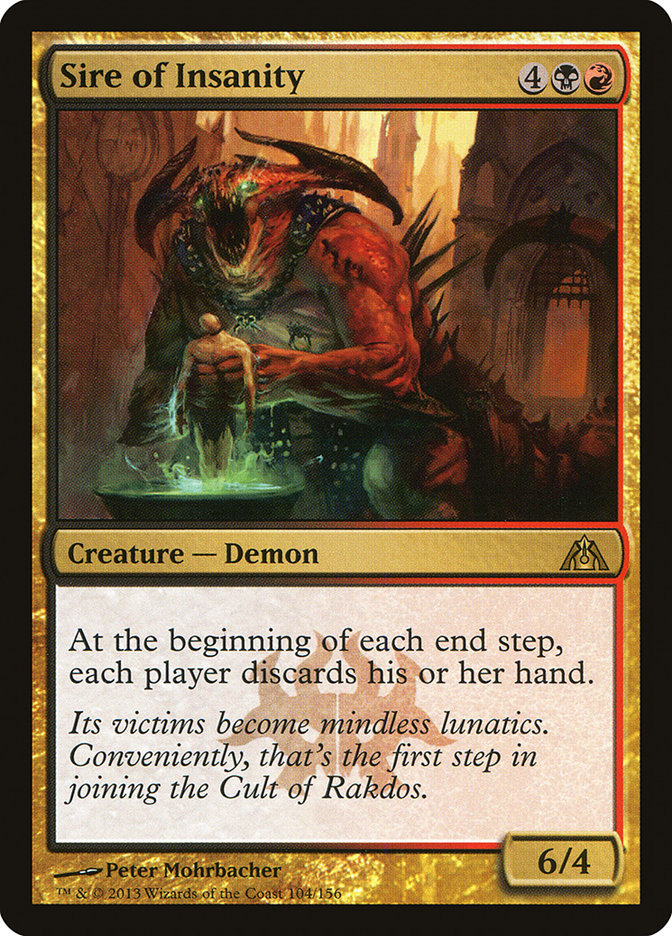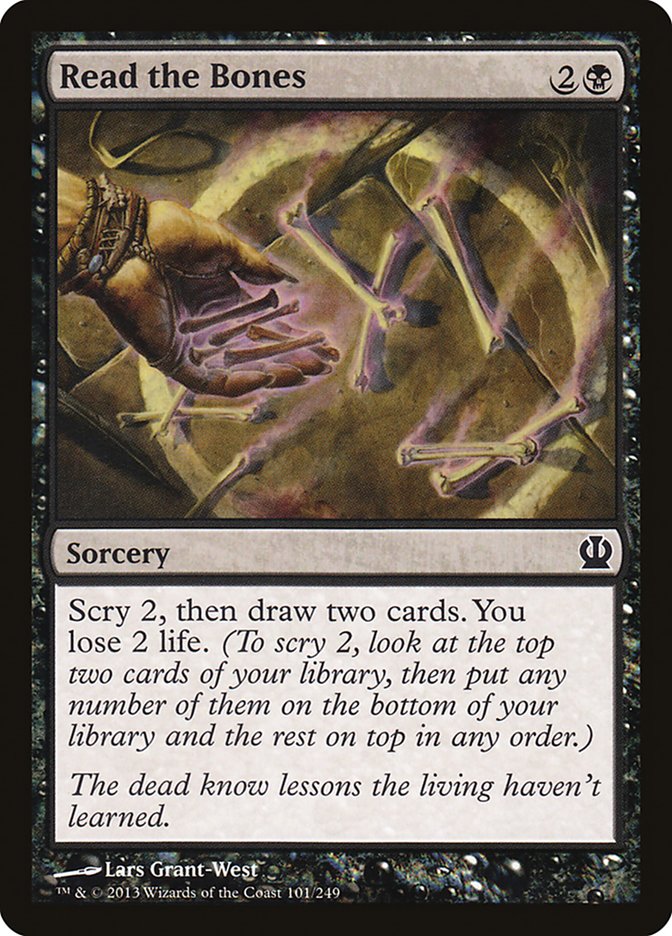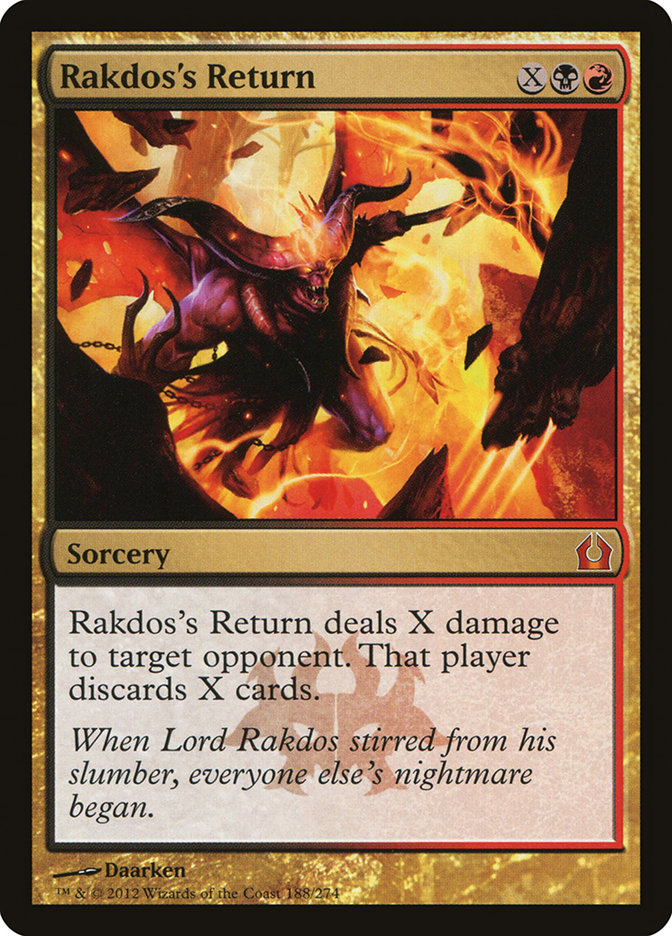We’re two months into the Standard season, and it’s beginning to feel like we’re out of surprises. We might see a different splash color in Mono-Black Devotion or new win condition in a control deck, but generally speaking we know what Standard players are up to. One week it’s Mono-Blue Devotion, the next week it’s Mono-Black Devotion, the next it’s control, and the next we start all over again.
Maybe it doesn’t have to be this way. Maybe it’s time to break the cycle! Today I’d like to highlight the individual cards of Standard that are not getting the attention they deserve. These are the hidden gems that we can look to if we want a new breakout strategy or perhaps just a breath of fresh air for an old one.
Noncreature, Nonplaneswalker Permanents
I still consider Mono-Black Devotion to be the top deck in Standard; it has no truly bad matchups among the top decks and surpasses the rest of the format in the smoothness and consistency of its gameplay. Regardless, most of you will at least agree that it’s a deck to beat.
So where do you look when you want to beat a deck bursting at the seams with removal? You can no longer turn to planeswalkers thanks to the ubiquitous inclusion of four Hero’s Downfalls. The answer then might come in the form of noncreature, nonplaneswalker threats: enchantments and artifacts.
Assemble the Legion has already taken its spot on center stage. Many players turn to Assemble in midrange or control decks in order to improve their matchup against Mono-Black Devotion. Mono-Black Devotion, as a relatively slow strategy with no way to remove an enchantment from the board, will struggle immensely to beat a card like Assemble the Legion as the game goes long.
However, W/R is a relatively specific color combination, and there aren’t a huge number of W/R decks that possess the staying power to play a long game against Mono-Black Devotion. That said, there may be comparable effects available to other colors or strategies.
Primeval Bounty
Like Assemble the Legion, Primeval Bounty is a game-changing enchantment that’s close to unbeatable in the long run. In many ways it’s better because it operates at full capacity the turn (or the turn after) it comes into play instead of slowly ramping up over time. It also offers value on a number of fronts at once and thus cannot be undone by a single effect like Jace, Architect of Thought or Illness in the Ranks and cannot be easily managed by board sweepers.
Bounty will be at its best when you can still have some gas in the tank after playing it. This means perhaps a G/U or G/B deck with some card draw or a ramp-heavy Green Devotion deck that can get to six mana very quickly before playing out the rest of its hand.
Pyromancer’s Gauntlet
Here’s one that’s off the beaten path, but if a set of circumstances exists to make Pyromancer’s Gauntlet playable, this is it. Clearly it would take a fairly specific strategy to make use of the Gauntlet, but slower burn-heavy red decks are proving that they have what it takes to compete.
Creatures (8)
Planeswalkers (2)
Lands (12)
Spells (38)
- 10 Mountain
- 4 Shock
- 4 Magma Jet
- 4 Skullcrack
- 4 Boros Charm
- 4 Warleader's Helix
- 4 Chained to the Rocks
- 4 Lightning Strike
Sideboard

As the Assemble the Legions in the sideboard indicate, this deck is capable of hitting five mana at a relevant point in the game, and this deck is in the market for something a little extra against Mono-Black Devotion. However, where the Assemble essentially stands as a Hail Mary—an attempt to steal a game on its own—Pyromancer’s Gauntlet contributes a bit better to the primary game plan of the deck. It won’t take many burn spells before the Gauntlet adequately repays you for your initial investment. Along those lines, it won’t take many burn spells before the Gauntlet simply buries your opponent.
Beyond that, it doesn’t take a deckbuilding genius to see how good Chandra, Pyromaster plays while equipped with her Gauntlet.
I could see the Gauntlet being a nice one-of addition to this deck in general, and I believe it would particularly shine against slower strategies like Mono-Black Devotion.
Blowing Up Detention Sphere
Mono-Black Devotion has Hero’s Downfall, but U/W decks have Detention Sphere. Talk about a card that just ruins everybody’s fun! You’re feeling like a genius when you resolve your Primeval Bounty or your Pyromancer’s Gauntlet—or any other permanent for that matter—but your opponent rains on your parade by Detention Sphereing it on sight.
Detention Sphere is a format-defining card, and being able to blow it up should be a huge selling point for a deck. The combination of planeswalkers or the powerful noncreature permanents mentioned above presents an angle of attack that most control players will not be prepared to defend against.
This is a reason why one popular spin-off of Mono-Black Devotion is B/G Devotion. By now, we all know the value of Abrupt Decay and Golgari Charm, but what about . . .
Vraska the Unseen
This is not the first Assemble the Legion craze that I’ve lived through. Back in old Standard, U/W/R and Naya decks turned to Assemble as a tool against Jund, which played Abrupt Decay and Putrefy but no way to remove a five-drop enchantment.
My answer? Vraska! She’s great insurance against Assemble the Legion or any other tricky sideboard card but also pulls her weight by blowing up Detention Spheres and opposing planeswalkers. She’s simply a very effective card in any matchup between two slow decks regardless of exactly which permanent they’re trying to beat you with.
Bramblecrush
You don’t have to play B/G to destroy Detention Spheres. Bramblecrush does the job for any green deck and doubles as a premium sideboard card against Mono-Black Devotion. Why kill Underworld Connections when you can take out the land underneath it at the same time?
Ratchet Bomb
Ratchet Bomb can be a little slow, but I find it to be a very reasonable one- or two-of in a controlling deck. Having your own Underworld Connections or Detention Spheres means you’ll have to plan a little bit more carefully with your Ratchet Bombs, but it’s an effect that’s plenty useful to have access to.
Board Sweepers
Detention Sphere is a format-defining card in more ways than one. There are a couple of apocalyptic board sweepers that could potentially reform the landscape of Standard. They’re value depends in large part on their relationship to your own and your opponent’s Detention Spheres.
Planar Cleansing
I can’t think of any single card I’d rather play with in Standard than Planar Cleansing. Think of it against devotion decks and G/R decks. It destroys Underworld Connections, Bident of Thassa, Domri Rade, Stormbreath Dragon, and Assemble the Legion all at once. Talk about killing lots of birds with a single stone!
But of course, nothing is ever quite so simple. The decks that most want Planar Cleansing are U/W-based control strategies, which really lean on their own Detention Spheres. Without Detention Sphere, these decks have no way to handle a quick planeswalker or an indestructible God.
My personal conclusion, on which I might someday be proven wrong, is that Detention Sphere and Planar Cleansing cannot be in the same deck at the same time. If you cast Detention Sphere on virtually anything, that means that you cannot safely cast Planar Cleansing for the rest of the game because you’ll wipe the board, giving your opponent back whichever deadly threat that the Detention Sphere had previously taken from them.
Nonetheless, Planar Cleansing is a card to watch. Maybe it’s possible to build a U/W-based control deck without Detention Sphere or to want to build a control deck in a different combination of colors. Andrew Cuneo played a copy of Planar Cleansing in his B/W Control deck, which was inspired by the one Patrick Chapin and Paul Rietzl used at Pro Tour Theros.
Gaze of Granite
Like Planar Cleansing, the only thing holding back Gaze of Granite is its colored mana cost. The G/B decks that exist in Standard right now have little interest in a sweeper, particularly one that costs six or more mana to operate at its full potential.
However, Gaze of Granite is an awesome card and would particularly shine in current Standard if there were ever a G/B Control deck that could use it. One particular appeal is that it’s as far away from Detention Sphere’s colors as possible. Imagine playing a control mirror where their sweeper is an essentially useless Supreme Verdict but yours blows up their planeswalkers and Detention Spheres.
Gaze of Granite serves as a catchall for problem cards like Underworld Connections, Assemble the Legion, Blood Baron of Vizkopa, and a number of other things that would otherwise cause trouble for a black-based control deck similar to Planar Cleansing in a white-based control deck.
Nonblue Control
There are a number of cards that really draw me toward playing nonblue control. You get access to threats and answers that people are much less prepared for, and having a game plan that doesn’t involve holding up countermagic greatly increases your flexibility.
Obzedat, Ghost Council & Sire of Insanity
These two cards have skyrocketed in value due to the resurgence of straight U/W Control in the last few weeks. When Esper was the control deck of choice, you always had to worry about your opponent having a Hero’s Downfall at the wrong time. U/W Control however relies on sorcery-speed removal (Supreme Verdict and Detention Sphere) and a very narrow, specific set of instant-speed removal (Last Breath and Celestial Flare). Obzedat, Ghost Council and Sire of Insanity will give them fits and will very frequently lead to a win when they resolve.
Read the Bones
Read the Bones is an awesome card. Generally speaking, it’s better than Sign in Blood, better than Divination, and better than Underworld Connections. For a midrange deck, the effect of Read the Bones tends to be exactly what you need to pull yourself over the top and lock up a game.
For Esper Control, it’s appropriate to play Divination over Read the Bones since you need to hit all your land drops (and therefore are looking for quantity of cards rather than quality of cards) and the deck’s glacial speed makes losing two life more of a concern. For a deck like Mono-Black Devotion, it’s appropriate to play Underworld Connections because of the way it contributes to devotion. However, for a deck like B/W, B/G, Jund, Junk, or B/R/W, Read the Bones can’t be beat for making your deck smooth and consistent in the mid and late game.
Rakdos’s Return
Rakdos’s Return might be the single best card that doesn’t currently have a home in one of Standard’s top decks. The popularity of control, midrange, and devotion decks gives Rakdos’s Return sky-high potential.
Here’s where it’s at its best:
Creatures (16)
- 3 Scavenging Ooze
- 2 Polukranos, World Eater
- 4 Sylvan Caryatid
- 4 Stormbreath Dragon
- 3 Reaper of the Wilds
Lands (21)
Spells (23)

Maybe this could be the future of Standard. I don’t mean Jund specifically, but I mean smart deckbuilders turning to underused cards to prey on specific metagames.
Matt Costa Jund deck has it all: ways to blow up Detention Sphere, a consistent mana base thanks to Sylvan Caryatid and a huge amount of scry, and powerful unexpected plays like Rakdos’s Return and Stormbreath Dragon. These are some qualities that you might look for in a rogue Standard deck regardless of the exact colors or strategies you choose to employ.

